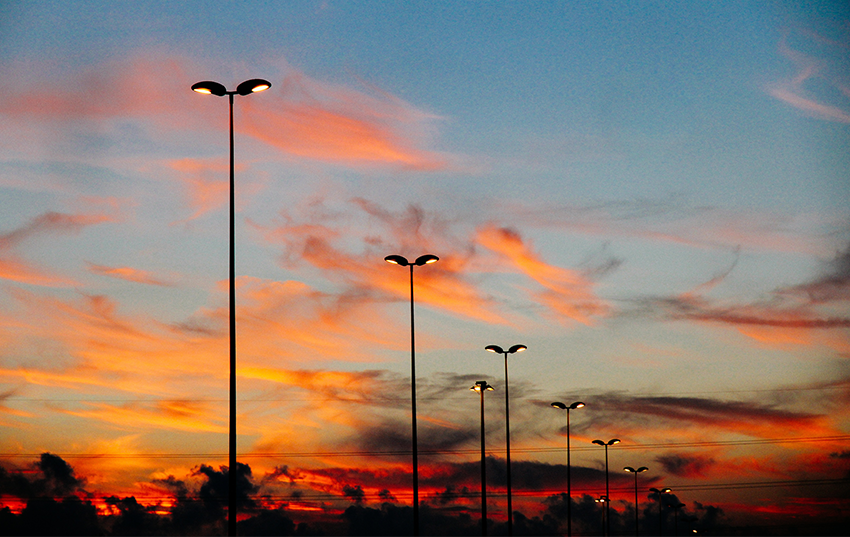
As cities undertake the journey of digital transformation, smart lighting is often the first stop. Its predictable return on investment (ROI) and ability to leverage existing infrastructure make it an ideal candidate for a first deployment. Layering multiple sensors – traffic, air quality, flood – and public Wi-Fi or 5G small cells speaks to the idea of a “pole economy,” where multiple previously untapped data sources can be collected at a single location to provide cities with new valuable data insight. Vendors providing cities with smart lighting have taken several different approaches to deployments, data management and integration.
Context
Smart lighting has been adopted globally, with millions of streetlights now managed via a host of smart-lighting technologies. Energy savings, public safety benefits and new revenue opportunities have driven cities to equip their lighting networks with sensors. Recent federal funds have reinvigorated smart-city initiatives to begin the digital transformation following a pandemic-related slowdown in efforts. Forward-looking implementations of smart lighting lead all other IoT smart-city use cases, with 23.6% of respondents planning to implement smart lighting in the next two years, according to our survey data.
What’s so smart about smart lighting?
The difference between traditional city lighting and smart lighting boils down to two factors: control and connectivity. Enabled by sensors and communications infrastructure, smart lighting allows for remote access and control, down to the individual lamp level – from simple on-off to elaborate colored lighting displays. Smart lighting provides value by deriving insight from previously untapped data streams on energy use, environmental conditions, and grid outages and workflows.
The vehicle for this control and connectivity is the lighting controller. About the size of a baseball, controllers can turn lights on and off, operate autonomously on defined schedules, and provide trend analysis for energy optimization.
Operating as a sensor, the lighting controller collects information about energy usage, ambient light and a host of other defined factors. During setup, devices are programmed and added to a network that receives information about the device location and grid awareness. From a field service automation point of view, companies have approached smart lighting with the goal of automating work orders and service requests to service more efficiently and reduce truck rolling, a major expense for lighting and work crews. Depending on a city’s preference, the controller can be mounted on top of the lighting fixture or inserted within it.
Keeping the lights on
Nodes on fixtures are connected to intelligent operations centers or lighting management systems. These platforms are either hosted on-premises by a city or utility, or provided as a service by lighting providers. These platforms typically manage several different use cases, and pull and aggregate data directly from multiple sensor types. These two approaches to lighting control sit on a spectrum of capabilities, with intelligent operations centers most often serving lighting departments with basic functionality and energy and power reporting. Systems that take on more than just lighting management support additional levels of data, insight and control from multiple types of sensors beyond lighting control. Such sensors can include video or LiDAR cameras, audio sensors, environmental sensors, and more.
Drivers and inhibitors
LED conversion tends to be the first step in a city’s smart journey. Cost savings from newly efficient lights are often redirected to investment in connected lighting, with IoT-enabled lighting driving expenses down even further with scheduled dimming and energy saving measures embedded in devices. Other drivers include improved public safety by keeping the lights on in high-risk areas, reducing a city’s carbon footprint, and cutting down light pollution by keeping lights off when not necessary. The ability to control a city’s entire lighting assets remotely is becoming increasingly of interest to city managers and lighting departments.
Due to the distributed nature of smart lighting, antenna saturation can inhibit deployments. As increasingly more IoT-enabled sensors and applications come to market, so too rises the demand for antennas and radio cell towers to enable communications between edge and cloud. Limited options for unobtrusive edge compute networks leave cities facing increased saturation of unsightly wires and poles.
Want insights on IoT trends delivered to your inbox? Join the 451 Alliance.

